Blushingstar® Peach Tree
Description
A late-season, easy-care peach. This variety provides prolific harvests of beautiful fruit that keeps well. Firm white flesh has a unique, sweet flavor and resists browning when sliced. One of our heaviest bearers. Disease-resistant to bacterial spot. Introduced circa 1996. Cold-hardy. Freestone. Ripens in mid August. Self-pollinating.
Survival Guaranteed!


Since 1816, Stark Bro’s has promised to provide customers with the very best fruit trees and plants. It’s just that simple. If your trees or plants do not survive, please let us know within one year of delivery. We will send you a free one-time replacement, with a nominal shipping fee of $9.99. If the item in question is not available, we can issue a one-time credit to your account equaling the original product purchase price or issue you a refund. Read more about our warranty policy.
Characteristics
| Bloom Color | Pink |
| Bloom Time | Late |
| Chill Hours | 750 - 950 |
| Fruit Color | Red |
| Fruit Size | Large |
| Hardiness Zone Range | 4 - 8 |
| Pollination | Self-Pollinating |
| Ripens/Harvest | August |
| Shade/Sun | Full Sun |
| Soil Composition | Loamy |
| Soil Moisture | Well Drained - Average Moistness |
| Soil pH Level | 6.0 - 7.0 |
| Taste | Sweet |
| Texture | Firm |
| Years to Bear | 2 - 4 |
Size & Spacing
Mature Size
Recommended Spacing
Zone Compatibility
Pollination
Tools & Supplies
Planting & Care
Learn all about how to grow peach trees in The Growing Guide. An entire section of our website dedicated to your growing success.
Shipping Information
Estimated Delivery Date
Arrives when it's time to plant
Questions & Answers
My peach trees seem to have a slower growth rate compared to my Apple trees, however my trees are a year old now and both peach and apple trees have fruit.
Mine did. But thats not to say that it may have fallen off if I had not picked it when I did. It just looked and felt like it was ready so I picked it. My guess is that when they are ready you may have a few days where you can pick them right off the tree but if you wait much longer some would probably fall off. Im not sure about that but the one I picked off my tree was just right.
Brown rot is caused by an ascomycete fungus that is challenging to control. Remove all sources of the pathogen that you can. It overwinters on old fruits / pits on the ground and even those that have been dragged off by animals to other locations. Look for blossom blight and twig blight in the spring -- should be easier to spot towards end of bloom -- and remove them from the tree -- discard far away from plants. Avoid a cull pile near your trees. While green fruits are hard, bird damage or insect damage can make a wound that allows infection by brown rot. Remove any infected fruits that you find throughout the fruit production period as those serve as a source of inoculum to infect other fruits and, once on the ground, can allow the pathogen to overwinter. Good luck!
Hi Joseph, This is a popular question this time of year. Because weather and soil conditions vary so much from year to year and even within your zone, it's best to think of your planting time as a range of favorable conditions instead of an exact time.
You can plant new plants and trees: 1) when the ground is not frozen, 2) when daytime temperatures are above freezing (32ºF) and below 90ºF, and 3) when extreme weather (blizzard, hail, torrential rain, etc.) is not in the forecast. Be sure to keep plants watered if you're transplanting in warm and/or dry weather.
If you have any further questions please don't hesitate to reach back out to us, remember that we're here for you. Have a great day!
Just prune it to keep it small. I got a dwarf and it has had so many problems. It is holding onto life by a thread at 7 years old and only about 4 feet high. We lost half of the tree this past year. One year we got 3 peaches which the squirrels stole. The next year we got lots of baby peaches but they never got bigger than about 1” diameter even though a few ripened. Last year the few peaches we got fell off and half the tree died. This year I removed 75% of the fruit and they are about 1” now. The tree is not healthy and has had problems since the first year.
What is that secondary tree? What happens if I cut that off at the base?
You should be fine cutting off the secondary tree. It sounds like it sprouted off the grafted root stock, which is not the blushing star variety. Cutting it will allow the trees energy to go towards developing your primary tree.
A dwarf will mature 8-10 feet tall and wide. If a semi dwarf or standard is available its maturity is 12-15 feet tall and wide.
Currently we do not have Navel trees for sale as they are out of stock.
This is a Q&A forum for product questions: I'm sorry, but we don't have access to orders and customer information here. If you would kindly call Customer Support at 800.325.4180, email info@starkbros.com or visit starkbros.com and start a chat, they will be able to address your issue.
There are a few ways to keep bugs from biting your fruit and leaving worms, including:
Spray fruit with fruit flower bait: Spray fruit when it's about the size of a marble or 5 cent coin to protect it from fruit flies, which lay eggs that hatch into worms as the fruit matures.
Keep your garden free of weeds: Remove weeds in the spring to make your garden less attractive to bugs and give them fewer places to hide.
Spray with neem oil: Spray nymphs with neem oil to control tarnished plant bugs.
Encourage natural predators: Encourage natural predators of bugs to help keep them away.
Cover low branches: If your tree is large, cover the fruit on the lowest branches.
Customer Reviews
We are beyond happy with this variety! Going to try to protect them from ground critters with an electric poultry net next year so we don't have to share so many.








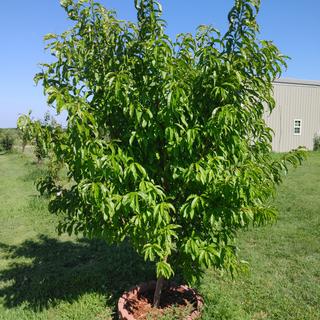
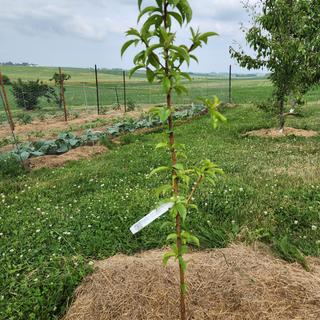
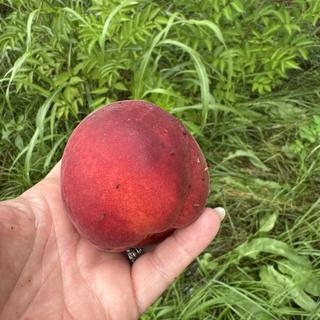
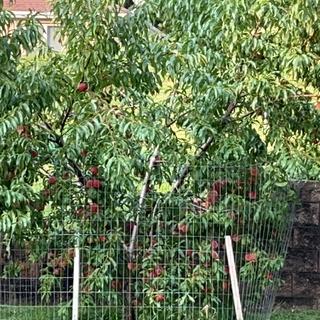
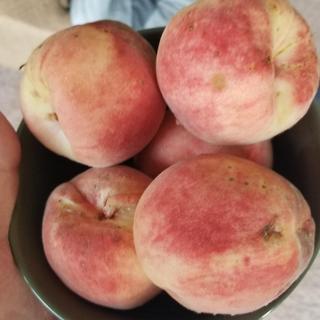
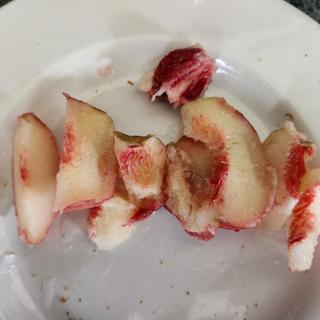
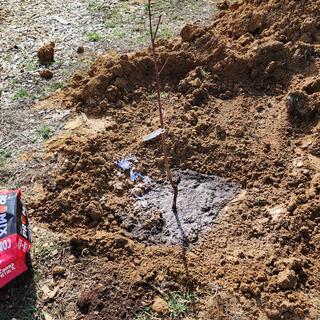
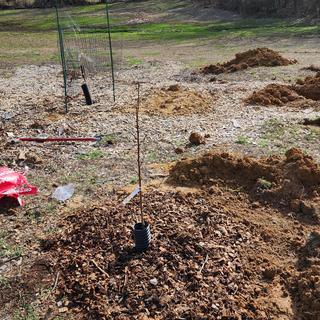
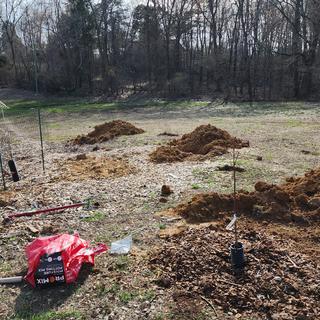
I wanted to try it.
to help with cross poll
My wife loves a white peach and it should thrive here in Utah
Pollination , , , They look nice , , ,